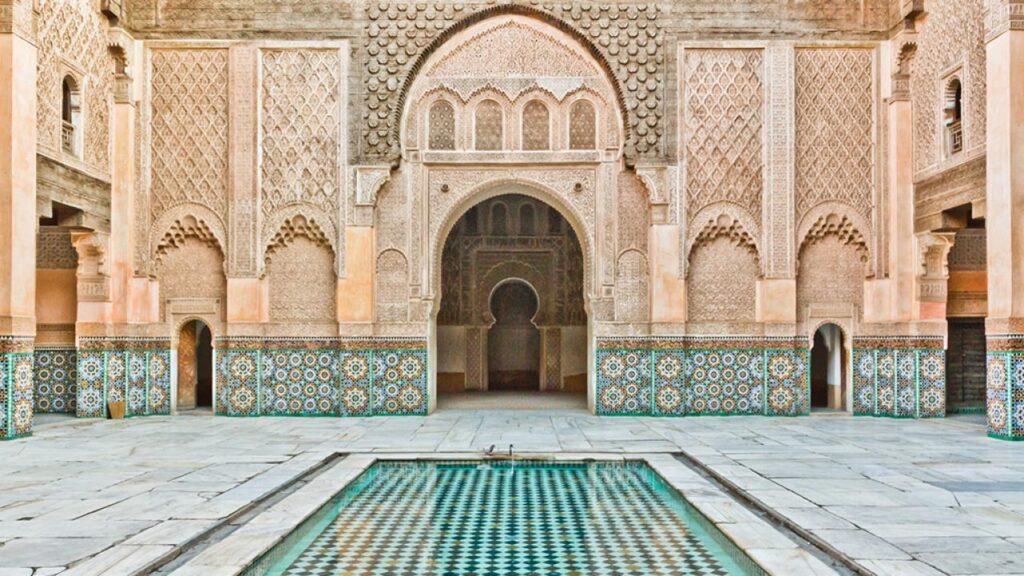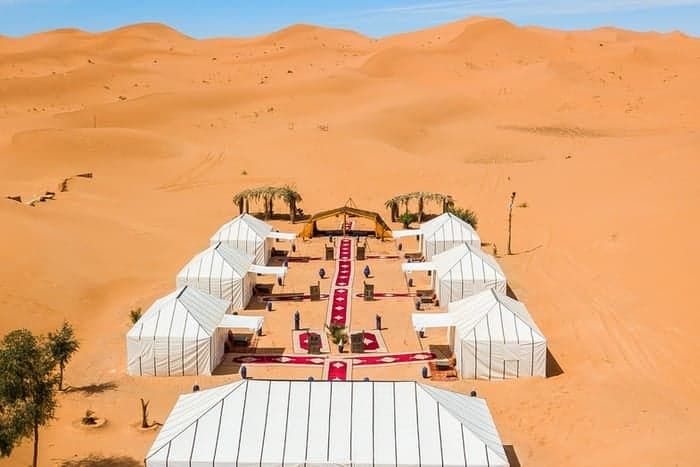About Morocco: Tours and cultural Trips



About Morocco: Brief history
Morocco is a travel captivating destination to visit. This introduction is to introduce and present you the history and culture of the Moroccan kingdom…
A Glimpse to Morocco – Morocco Vibrant Tours
Morocco was long known in the Muslim world as Maghreb El Aksa, which literally stands for the land of the farthest west. It is literally on the edge of the world – a place notorious for its powerful magicians and demon-like jinn. Also, it is a country with an intense, almost insular, awareness of itself. In a sense, it is an island, encircled by the seas of the Atlantic, the Mediterranean and the sand-sea of the Sahara Desert.
The land has four great mountain ranges (the Rif, Middle Atlas, High Atlas and Anti-Atlas) that run like vast ramparts across its breadth, breaking up the area’s geographical unity. Not only this, but it is also providing a secure mountainous refuge for the indigenous people, the Berbers, against both invaders and any central power. The Berber tribes have remained in occupation of the land since the invention of agriculture.
Moroccan history is essentially the tale of a conservative society which has managed to triumph against all attempts at conquest. At the same time, it has happily absorbed technical and spiritual innovations from the various foreign cultures that have tried to dominate the country.
Various dynasties through the history of Morocco
Many different dynasties tried to conquer the land starting from Phoenicians, Vandals, Romans…arriving to Arabs in the 8th century. The main occupation that kingdom confronted and led it to a huge change was French colonialism in 20th century. Therefore, its identity has been likened to the desert palm: rooted in Africa, watered by Islam and rustled by the winds of Europe. In spite of its proximity to Europe, Morocco has an exoticism all its own, created by these conflicting influences washing against its shore.
Whatever your experience of the Latin temper of southern Europeans, the heady lifestyle of this country is more dramatic. During your tour in Morocco, from the moment you land, adventure assails you. The sun is always shinning somewhere in Morocco, and from March to October it is difficult to avoid.
a melting pot of dynasties and cultures
Each country has its own history: historical facts, events and important milestones that gave the country its true historical value. The history of a country is one of the events considered worthy of remembrance, which perfectly applies to Morocco. So, with several dynasties that have succeeded one another over the years, Morocco has gained international consideration as a multicultural country. Moreover, it has several types of heritage recognized as World Heritage by UNESCO.
Additionally, Morocco is one of the go-to destinations for discovery lovers, the most fascinated by nature, history, the art of living and Moroccan hospitality. The experience gained during their journeys in Morocco leave them pleasantly satisfied with their stay.
There must be something about Morocco for it to be the most visited country in Africa. Landscapes full of enchantment: deserts, seas, wildernesses and mountains which, combined with political stability, make Morocco a top tourist destination.
Different – and sometimes intriguing- customs
One of the main sources of value of peoples lies in their ancient traditions, and there are many in Morocco. For example, the left hand is considered impure because we use it for ablutions; therefore, we (Muslims) should use it as little as possible, above all, when greeting other or eating.
Another feature of Moroccan culture is bargaining, which is very common in markets and shops because products do not have the price marked. There are other local customs, such as taking your shoes off when you enter someone’s home. Another, more peculiar, has to do with widows: tradition says that a widow should dress in white for 4months and 10 days after the death of her husband.
Local flavors and cuisine
Mint tea is the national drink of Morocco and so we serve it on every table. There must be a reason for Morocco to be the biggest importer of green tea in the world. For its part, the tajine is the traditional dish of Berber gastronomy that carries the name of the earthenware pot where the cook food.
There is not just one recipe, but several, and they are as tasty, original and different as each other, for example, chicken with lemon and olives, lamb with caramelized quince jelly, beef with vegetables, or the kafta (meat balls) or sardine’s version. All of them really tasty!
For private tours and trips, click on the links below:
Morocco trip – 4 day travel Marrakech to Merzouga – Desert journey (moroccovibranttours.com)
